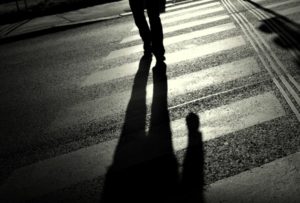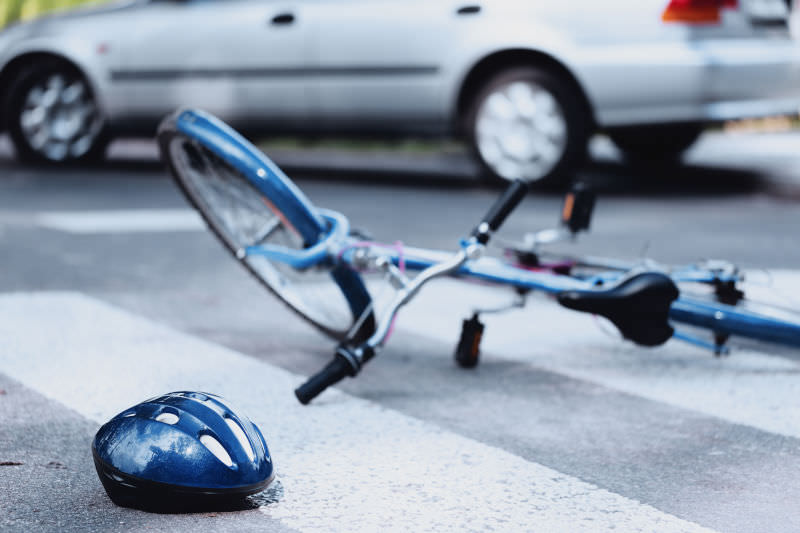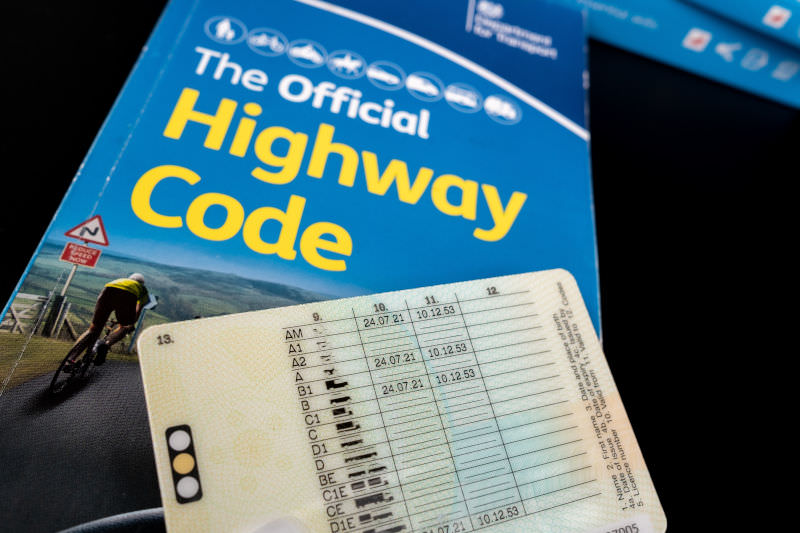Sometimes, a victim of an accident can be unlucky enough to be injured again, whilst their injuries from the original accident are still ongoing.
This can complicate matters if there is already a personal injury compensation claim for the first accident, but, in most cases, it is resolved by trying to establish and separate the harm which each accident has caused.
But what about rare situations in which a second injury ‘replaces’ or supersedes the effects of the earlier injury?
This is exactly what happened in the case of Baker v Willoughby [1969] UKHL 8, which concerned a road traffic accident involving a pedestrian injured by a car.
The facts of the case
Mr Baker had been travelling in a van when it ran out of fuel. The man whom he was travelling with got out to go for petrol, and had crossed to the other side of the road before realising he didn’t have any money. Mr Baker began crossing the road to give him some money.
As he crossed, Mr Baker looked to his right and saw one car approaching from that direction. He walked to the centre of the road and looked to his left. At that point, he was hit by a car driven by Mr Willoughby, which, unnoticed by Mr Baker, had been overtaking the car he had seen approaching.
Mr Baker suffered serious injuries to his left leg and ankle, leaving him with persistent stiff leg symptoms and partial disability. He brought a personal injury claim against Mr Willoughby.
Liability for Mr Baker’s injuries was disputed and the matter went to a court hearing to determine the issue. However, before the trial took place, Mr Baker suffered an additional injury.
Mr Baker’s subsequent injury
Three years after the road traffic accident, Mr Baker was at his place of work when armed robbers entered and demanded money. When they didn’t get any, they shot Mr Baker, inflicting wounds to his already injured left leg. As a result, the leg had to be amputated above the knee.
Issues for the court
At the court hearing for Mr Baker’s road traffic accident claim, there were two main issues for the court to decide:
- Whether Mr Baker had been negligent when he crossed the road and so should bear some responsibility for his injuries. If so, the court also had to determine to what extent he should share responsibility. This concept is often referred to as ‘contributory negligence’ – where a victim’s conduct has contributed to their injuries occurring, or has increased the severity of the harm that they have suffered.
- Whether Mr Baker could still claim compensation for the ongoing disability caused by his injuries from the road traffic accident, given that the second injury had resulted in his injured leg being amputated.
The court, at first instance, held Mr Baker to be 25% responsible for his own injuries but dismissed the argument that he could not claim for the long-term effects of his injury after the second injury had happened. The Court of Appeal changed this, however. They held Mr Baker 50% responsible and accepted the latter argument on the grounds that “the second injury submerged or obliterated the effect of the first and that all loss thereafter must be attributed to the second injury.” Mr Baker appealed their decision and the matter came before the House of Lords.
The House of Lords on the issue of contributory negligence
When assessing how responsible Mr Baker should be for his injuries, the court looked at the ‘causative potency’ of what he did and his blameworthiness. Our article on how courts determine split responsibility looks at these things in greater detail, but the court noted that a pedestrian rarely poses a direct danger to others. Both pedestrians and drivers had to be observant to hazards, but the consequences of a driver failing to keep a proper lookout – especially when travelling at speed – held much more danger others.
The court therefore restored the original trial judge’s assessment, which held Mr Baker 25% responsible and Mr Willoughby 75% responsible.
The House of Lords on Mr Baker’s second injury
Mr Willoughby’s legal representatives argued that he should not be responsible for any ongoing disability after Mr Baker’s second injury occurred. As they put it: “[Mr Baker] could not run before the second injury: he cannot run now. But the cause is now quite different. The former cause was an injured leg but now he has no leg and the former cause can no longer operate.”
However, the House of Lords rejected the argument. They noted that compensation for a personal injury does not compensate for the injury as such, it is to ‘make good’ the loss and damage that an injury causes – i.e. the pain and suffering it causes, and the effect it has on someone’s life.
As Lord Reid stated: “[Mr Baker’s] loss is not in having a stiff leg: it is in his inability to lead a full life, his inability to enjoy those amenities which depend on freedom of movement and his inability to earn as much as he used to earn or could have earned if there had been no accident. In this case the second injury did not diminish any of these. So why should it be regarded as having obliterated or superseded them?”
Accordingly, the court held that the full extent of Mr Baker’s disability, caused by the first accident, was recoverable, although the 25% contributory negligence would effectively reduce the compensation he would receive for his injuries by 25%.
Conclusion
The case features some unusual circumstances and there will be times when a subsequent injury will have different effects on an ongoing injury claim. For example, if medical evidence had indicated Mr Baker was expected to fully recover by a certain point, but the second injury caused a permanent disability, then compensation for the first injury would likely be limited to the predicted recovery period.
The case also raises an interesting question of what Mr Baker could have claimed for if, theoretically, he had been able to claim compensation from the armed robbers. Would Mr Willoughby still be entirely responsible for Mr Baker’s ongoing disability? There was certainly an element of ‘natural justice’ in the ruling made by the House of Lords. But if Mr Baker had instead been injured in a second road traffic accident (i.e. something for which he could more realistically claim compensation), it is likely that evidence would have to be gathered to ‘apportion’ his ongoing losses between the accidents. This should result in him being fully compensated for his losses, but with each negligent party contributing based on their relative responsibility for those losses.
To find out more about pedestrian accident claims, have a look at our detailed guide. If you would like to know more about the nature of personal injury compensation, download our free ebook: The Ultimate Personal Injury Compensation Guide.
Further Reading
From one of the UK’s most read legal blogs.








